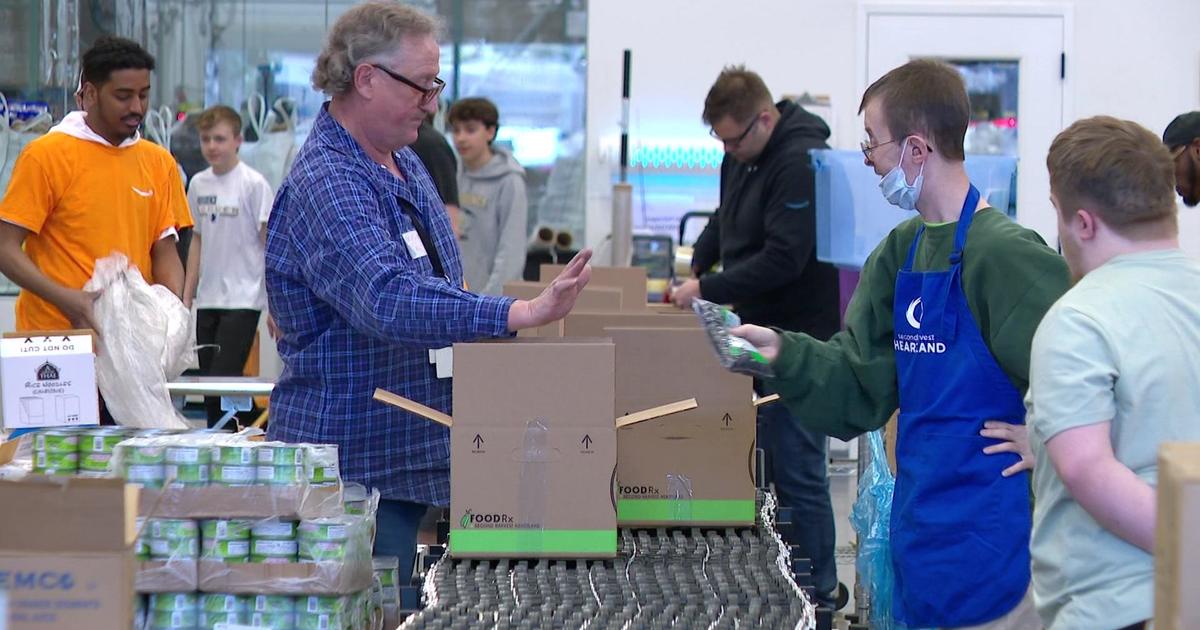Good Questions: Salad Forks, Fair Food Flops & Seedless Watermelons
MINNEAPOLIS (WCCO) -- Mike from Park Rapids wants to know: Why are salad forks smaller?
Though forks were around in the 15th century, they did not become popular or affordable until the 19th century, when silver plate technology was invented.
Silverware companies then started selling all different kinds of forks. Larger, sturdier dinner forks were for cutting meat, while smaller forks were for foods that do not usually require a knife.
------
Kyle from WCCO Radio asks: What State Fair foods have flopped?
"We don't like to say flopped, but maybe due to lack of sales, it moved on," Minnesota State Fair license administration manager Dennis Larson said.
Both corndog pizza and deep-fried corn on the cob were introduced for a few years before they left the fair. Larson also says other foods have also tried, and failed, to get into the fair -- including oxtail and lutefisk.
"We do have a registration for lutefisk, but even in Minnesota, with all of the Norwegians, we haven't brought it back," Larson said.
------
Alan from Hanley Falls wants to know: How are seedless watermelons grown?
According to the Watermelon Board and the Michigan State University Extension, watermelon breeders cross two different types of watermelon plants.
They take the standard watermelon with 22 chromosomes and add in some chemicals to make a watermelon with double the chromosomes.
Then they cross the flowers and the pollen of those two and that makes a fruit with a seed with 33 chromosomes. It is that seed that produces the seedless watermelon.



